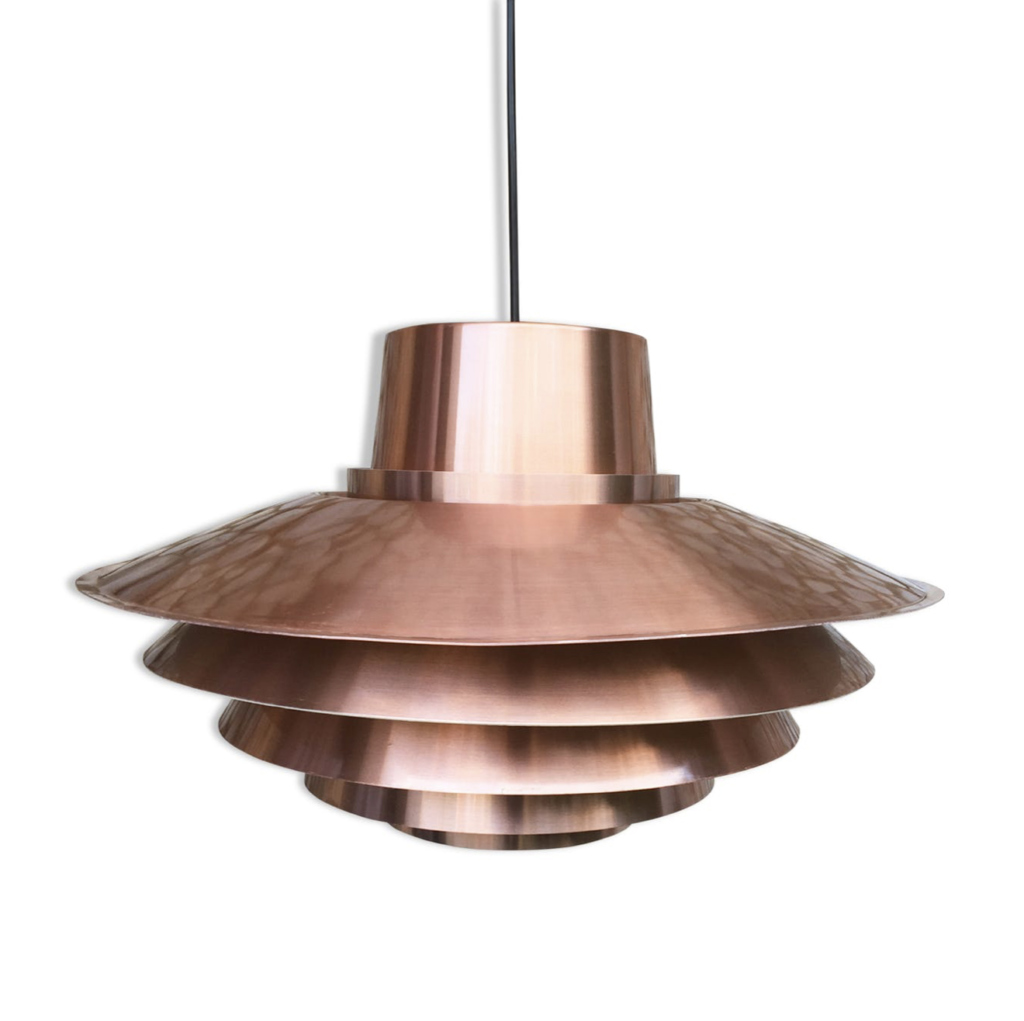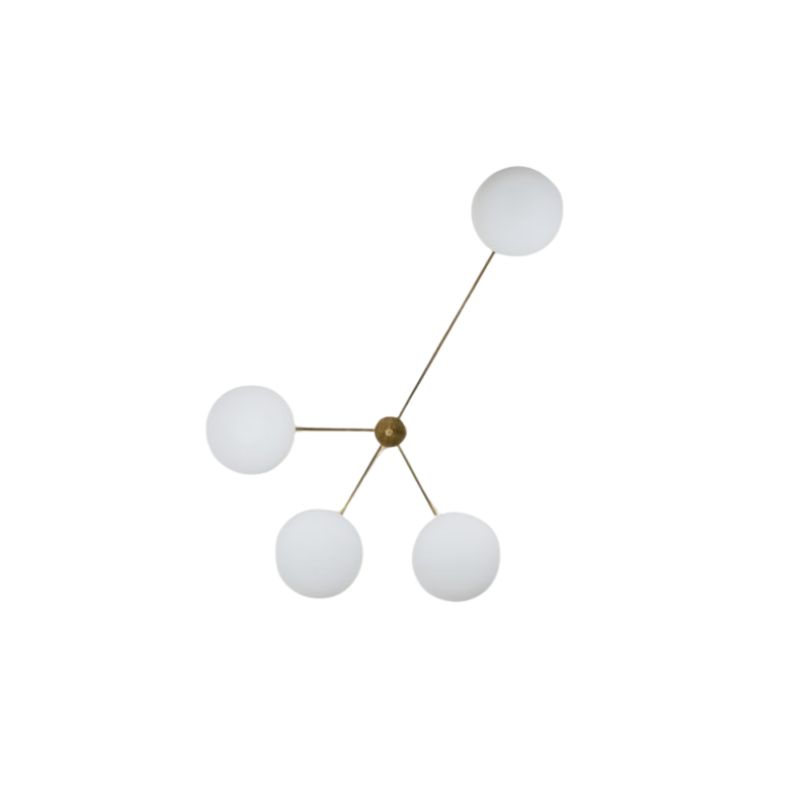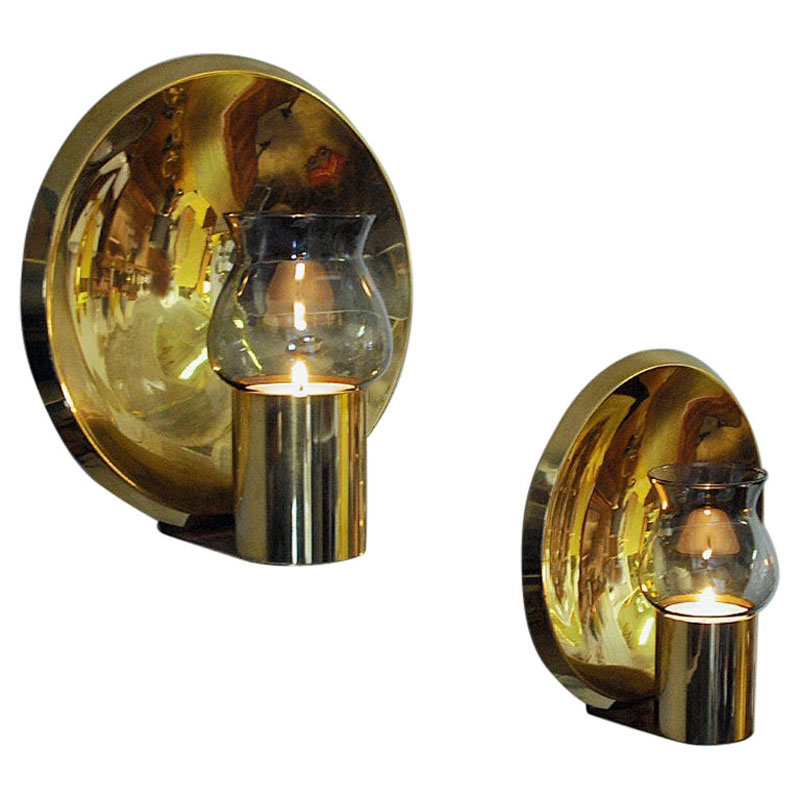Dear Glassartist
Although your analogy with science and art for that matter is very appropriate, I think that a distinction should be made between the knowledge, skills and art that constitutes art, science or design and the resulting applications. A lay person may not want to question the knowledge, art or skills of a scientist, designer or artist simply because, as you point out he or she is not capable of understanding, but that this "ignorance" does not prevent someone from having an opinion about the results.
Cont.
In absolute terms there is no answer to the question of "who should rule?", but unlike artists, designers are in a delegated position. The existance of designers is a necessity created by the industrial revolution (not design itself of course, that has been around for as long as humanity) Designers are filling the gap between the users and their aspirations and the producers and their capabilities. The fact that this is done a.o. by means of creativity does not give designers the authority of the artist. So rather than expressing a personal state of mind, opinion etc., the designer expresses a concensus. The larger the means of production and distribution the larger this concensus has to be in order to justify that production and distribution. I am not pretending that a work of art is not or should not be reproduced, but it's purpose is not reproduction. Reproduction is not only the purpose of design it is the inherent caracteristic.
education
first. thanks for the insight on the workings of a designer. before i continue i would like to make a clarification. i did not and would not equate ignorance with being incapable of understanding. i realize that the word ignorant is often used in a slangish way as a put down, but i was using it in its actual context of being uninformed or uneducated. i tried to be very neutral in my usage for just this reason. however, i does allow me to go back to my main point about education. it seems to me that morris, the bauhaus and others were resisting design that was popular with consumers (ornamental, historical styles) and were acting as educators to an ignorant public. i hope you are not saying that the designer is no longer an educational force as was previously the case, and that design is now given over to uninformed human desire. it is my hope against hope that we might design our way out of some problems that we have designed our way into. it doesnt seem possible without a educated (non ignorant) consumer.
Hi Glassartist
I am not sure that Morris and later the Bauhaus conciously resisted popular preferences. To better understand their intentions I think one has to look at the context and the mid 19th century to mid 20th was clearly a time in which professionals had un-questioned authority in the area of their profession. So, their intentions of educating the public to new ways of thinking about architecture and products is not as much in reaction to popular taste but as it is their way of taking their professional responsability. By the late fifties, Gropius himself was far less dogmatic and quoted by Philip Rosenthal he went as far (during the introduction of his porcelain line for Rosenthal by Philip Rosenthal at the Metz store in Amsterdam) as saying "I hope you like these elegant lines" Obviously times had changed. No, I am not saying that the designer is no longer an educational force nor did I imply that design is now or should be given over to uninformed human desire. But the direction given to that education is a democratic one. If I may take myself as an exemple. In my personal view we human beings will never have a mature relationship to products as long as we consider them as important as we consider them now. Basically I am on the complete opposite end of the scale in which design and products are considered important. Yet I design and I find this the most important contribution I can make in the relatively short period that I will spend on earth. In my view, beauty is only a way of making products so self-evident that they lack any reason to irritate us or to become important in our daily lives. It is obvious that this vision has hardly any place in the materialistic society we live in, yet I try, each time I design a product or a system of products or any other design project to give some space to my point of view along with what I think, hope, know are the aspirations of the users. In my view this is a way of educating the users. I am sure that I share with someone who uses the products I designed, the impression that they have always existed (some have indeed been on the market for more than three decades), the impression that they are just right for the purpose, that they do not attract more attention than what is needed, in other words the least possible. It is my hope that that will eventually become a reason to choose more of that kind of products, but I would never (this is actually the first time a write openly about it) educate users and try to convnce them that an abstract model, or concept like this is important, beyond the products it produces. To a large extend modernism has preached a design gospel that they could not completely live up to. So what I tried to say is that the message and the medium is one. The product is both and wether it is convincing or not depends on it's quality both as a message and as a medium to convey the message.
Here's a question for you, Koen...
"Reproduction is not only the purpose of design it is the inherent characteristic."--KdW
Having been a real estate feasibility analyst for a period of my life, I have often contemplated the differences and similarities between real estate developments and other kinds of goods and services in the economy. One of the conclusions I came to was the real estate developments are rather more unique than fungible. Most office buildings, shopping centers, factories, etc., tend to be custom fitted to their sites and zoning and planning and trade area constraints of their sites. To put it another way, they are not designed to be reproduced, but rather designed to be adapted to each situation anew. This lack of fungibility has always distinguished real estate development my mind from most other other goods and services.
Your comment that reproduction is not only the purpose of design but an inherent characteristic seems to hold with chairs and toasters and so on. But it does not seem to hold with many, if not most kinds of real estate developments.
As you are working on your first building presently, I wonder if you might contemplate this issue and try to comment on it.
Intuitively, I see design and architecture rather similarly. And yet a designer is designing things for the purpose of reproduction, where as an architect is desiging things for a custom fit to a land context.
Hi dcwilson
Before I go to bed...I am giving four conferences tomorrow, four times the same subject in four times i1/2 hour, but adapted to different age groups in the local school. The youngest ones are half a century younger than I am so I better be AWAKE!
It might not come as a surprise to you but this is an old discussion. Designers, industrial designers that is, have always been quite clear on the difference between design and architecture.(See Arthur Pulos "American Design Ethics" tome 1&2, or any other designer for that matter. Architects seem to find that more difficult.
Yes, architecture is to a large extend "site-specific" and most experiments in breaking this rule, industrial housing etc. has not been very succesful.
I remember a discussion we had in Denmark with designers and architects about the railway system. With a few exceptions we agreed that the station itself should be sit-specific because not only should it fit into the surrounding architecture, it schould also contribute to the visual information of the passagers that recognize their station...but what about signs and public furniture in the stations. They should obviously fit the architecture, but at least the signs should be common to the whole railway network. Furniture has a big impact on the architecture, but waiting for the train in one station is rather similar to waiting in another. Their was no final outcome to the discussion but apart from the visual and functional qualities there are many other considerations. Does the users of the railsystem realy want to pay for designing anohter bench for each station?...
Both the nature and the methods of design and architecture are quite different. Architects have distanced themselves from the technical aspects of their designs and with the exception of a symbolic use (Centre Georges Pompidou Piano and Rogers) the technical part of the building is usually not even part of the architect's responsability or concern. In design the transition is seemless. I always considered the lack of user's approval as one of the major differences. The architect convinces the developer and that's it. No or few alternatives are shown, the public in general is only consulted through planning legislation and in exceptional cases through ad hoc groups that either support or oppose the construction. Products are always shown, framed by alternatives both in quality and price and the user choses. Most of the time that selection is prepared by a selection done by the store's buyer, but still, there are different stores and for most products there is a large choice.
You mentioned the small concert hall. Yes I got involved mainly because of acoustic/technical challenges, but I am very much aware of the fact that it will be build in a specific place, oriented in a specific way, designed inrelation to the "Mistral" winds etc. So yes to a large extend it is unknown territory.
thanks
to all - thanks for taking the time to weigh in. i have gotten a nice broadening of ideas even though most was slightly tangential to my query. this is no doubt due to my poor wording and open endedness. perhaps if i get the nerve i'll restate the question in another thread. lucky is the person who gets great answers to questions he never thought to ask! koen, your explanation of your approach to your work entirely disarmed me. you are truly a gentle soul.
If you need any help, please contact us at – info@designaddict.com









